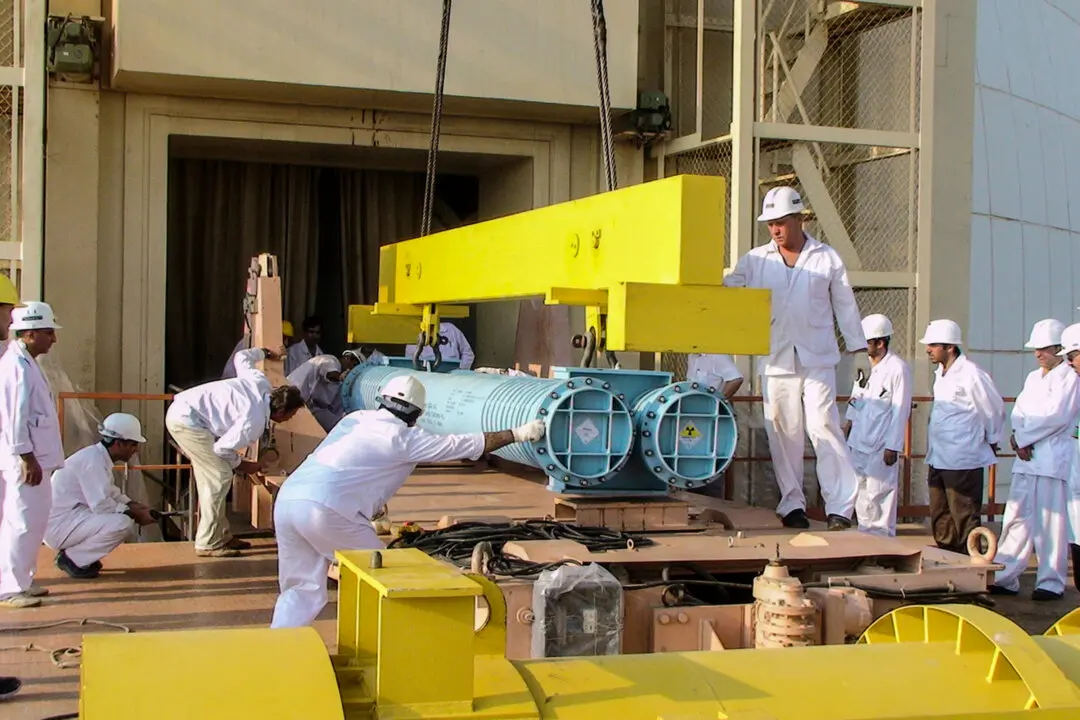Officials in Imperial County, California, say a bubbling mud geyser is moving and is now dangerously close to railroad tracks, Highway 111, and optic cables.
The county declared an emergency over the geyser, KYMA-TV reported in October, adding that officials are trying to prevent the geyser from reaching the Union Pacific tracks and the highway.




